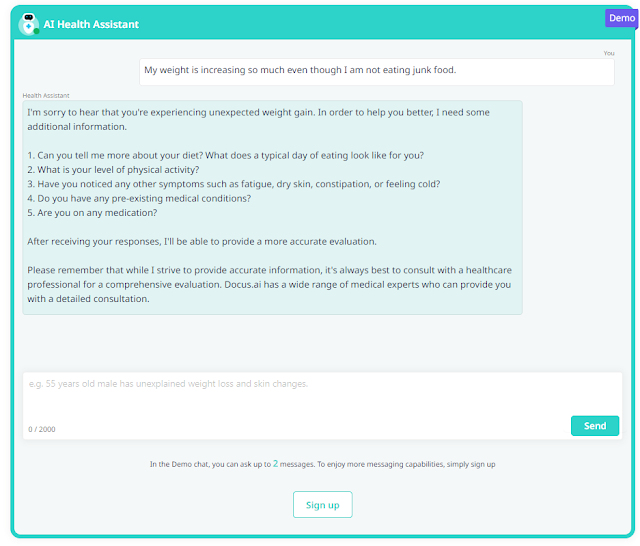Dead Letter Queues (DLQs) are an integral part of message queuing systems, yet they are often overlooked or misunderstood. As the name suggests, a DLQ is where messages go to die. But, in reality, it's more like a holding area for messages that have failed to be delivered to their intended recipients or rejected by a message processing system. In this article, we will take a deep dive into Dead Letter Queues, their importance, and how they work in message queuing systems. So, let's explore the graveyard of messages and uncover the secrets of Dead Letter Queues along with how it can help microservices architects.
Introduction
In message queuing, a Dead Letter Queue (DLQ) is a special type of message queue that receives messages that were not processed successfully by the original message queue. A Dead Letter Queue is essentially a holding area for messages that cannot be delivered to their intended recipients or are rejected by a message processing system.
Why Dead Letter Queue?
As we understood from the introduction, a Dead Letter Queue holds undelivered messages. There might be several reasons such as incorrect format, invalid content, or other errors behind non-delivery of these messages to intended destination. The purpose of the this queue is to allow system administrators to review and analyze the messages that were not processed successfully and to determine the cause of the failure.
Working of Dead Letter Queue
In any solution, a Dead Letter Queue is typically configured to receive messages that have been processed unsuccessfully by the original message queue. When a message is processed by the original queue but its unable to deliver, the message is redirected to this queue.
Importance of Dead Letter Queue
The queue not only allows system administrators to analyze and resolve the underlying issues that caused the message processing failure, but also help prevent message loss by providing a mechanism for storing and processing messages that could not be delivered initially.
Common Error Scenarios
Some of the common scenarios where Dead Letter Queues are used include:
Message format errors: Messages that are in an incorrect format or contain invalid content are automatically redirected to the this queue for further processing.
Message delivery errors: Messages that cannot be delivered to their intended recipients due to network or other errors are redirected to the this queue.
Message processing errors: Messages that cannot be processed successfully due to errors in the message processing system or other issues are also redirected to the this queue.
Robust Microservices with Dead Letter Queue
As more organizations adopt microservice architectures to build scalable and agile software systems, message-based communication has become a popular approach to facilitate communication between microservices. However, with a distributed architecture comes the risk of message processing failures, leading to the need for a reliable way to handle such failures. This is where Dead Letter Queues (DLQs) come to rescue.
When a microservice sends a message to another microservice, it is enqueued to a message queue. If the receiving microservice is unavailable or the message is malformed, it cannot be processed and is then moved to the DLQ. The failed message is then available for inspection and analysis, and the development team can take the necessary steps to address the issue. Using DLQs helps microservices architects to ensure that critical messages are processed reliably, reducing the risk of data loss, and improving the overall resilience of the system.
DLQs provide a centralized location for monitoring message processing failures, enabling teams to quickly identify and address issues as they arise. DLQs are an essential tool for building and maintaining robust, scalable, and reliable microservice architectures.
Conclusion
Dead Letter Queues play a critical role in ensuring the reliability and robustness of microservice architectures. By providing a mechanism for handling message processing failures, DLQs enable developers to maintain the integrity of the system, reduce data loss, and improve the overall resilience of the system. DLQs can also help manage the complexity of microservice architectures by separating concerns between message producers and consumers, improving scalability and agility.












No comments: